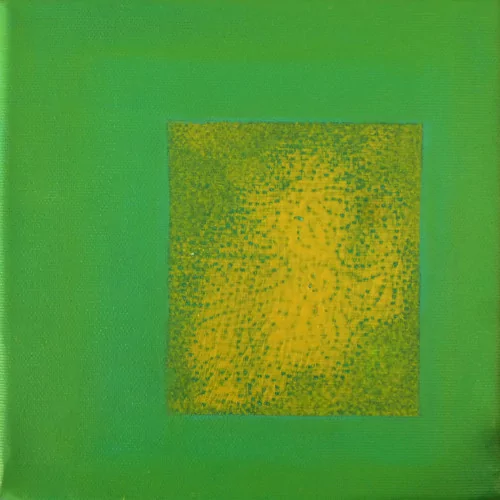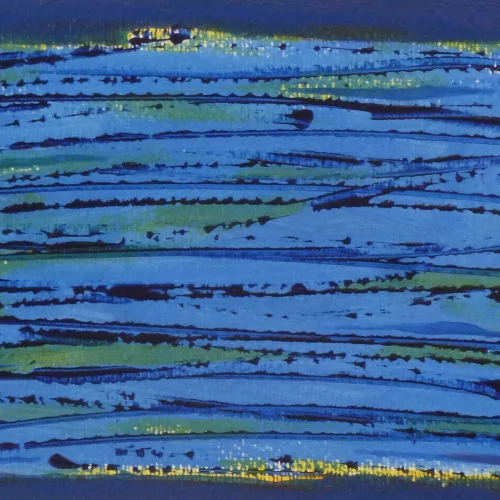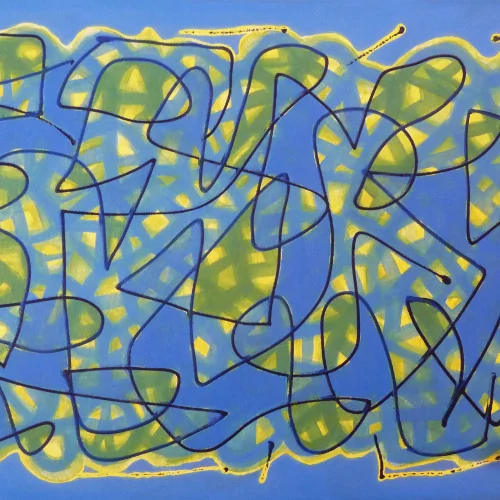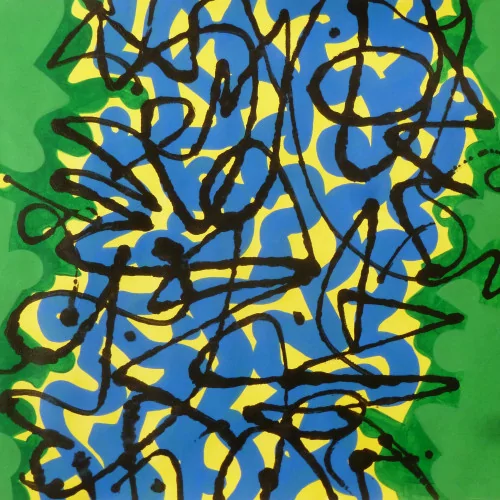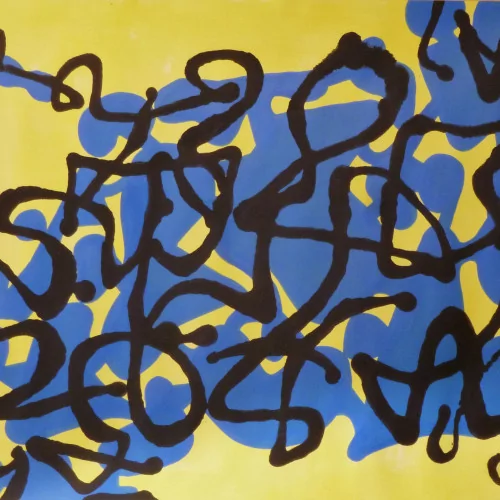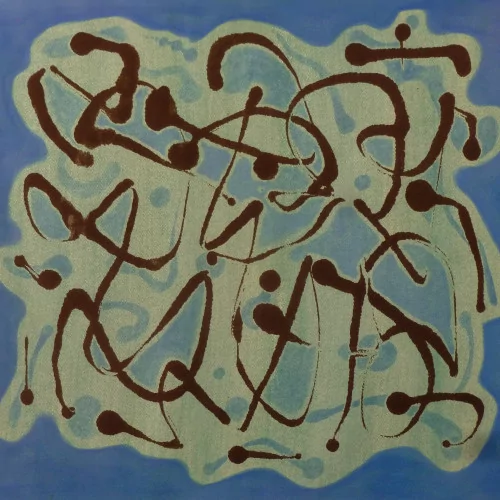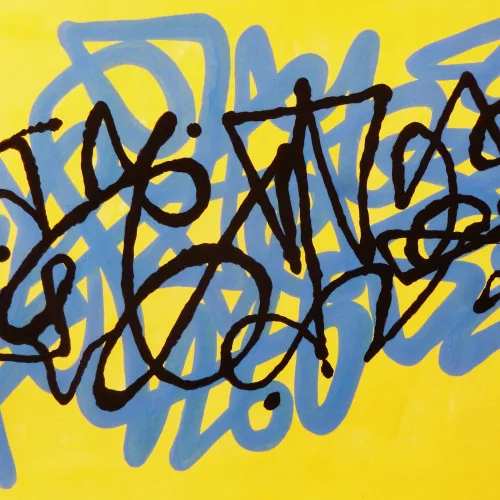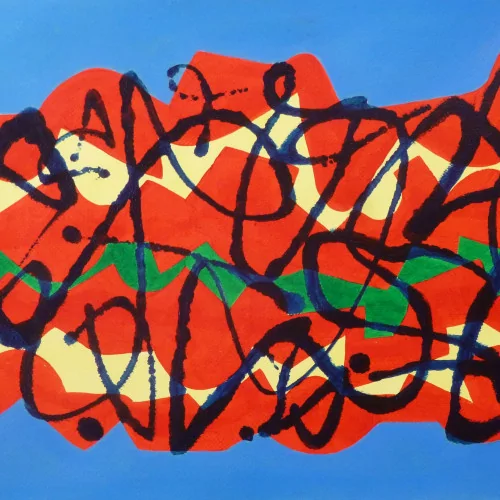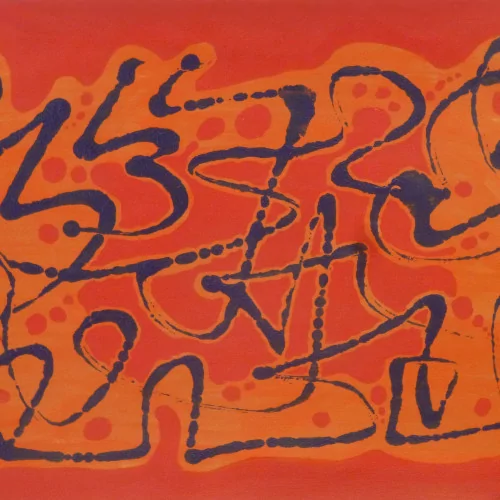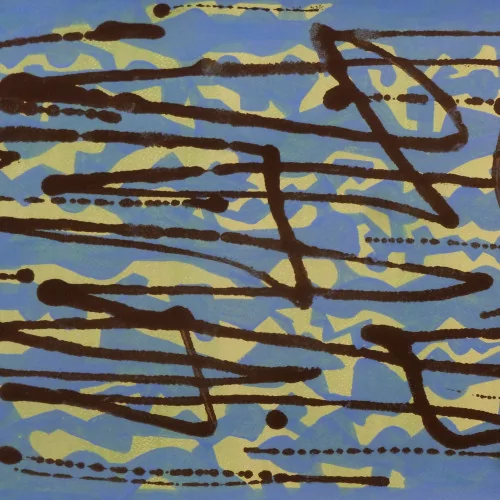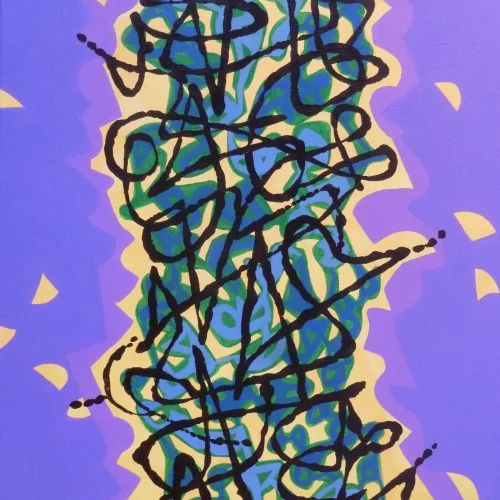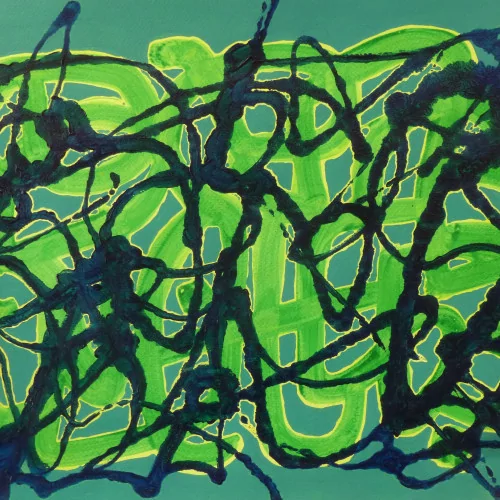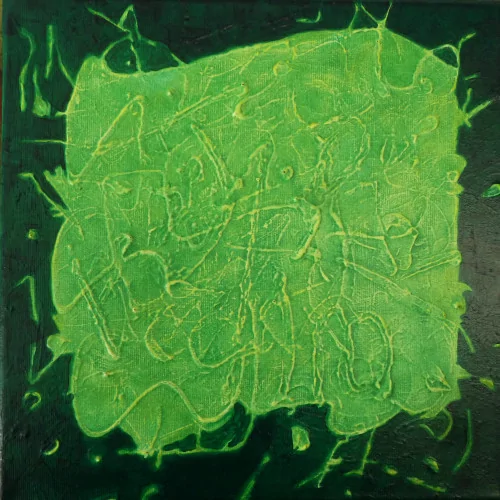GIANLUIGI BALSEBRE
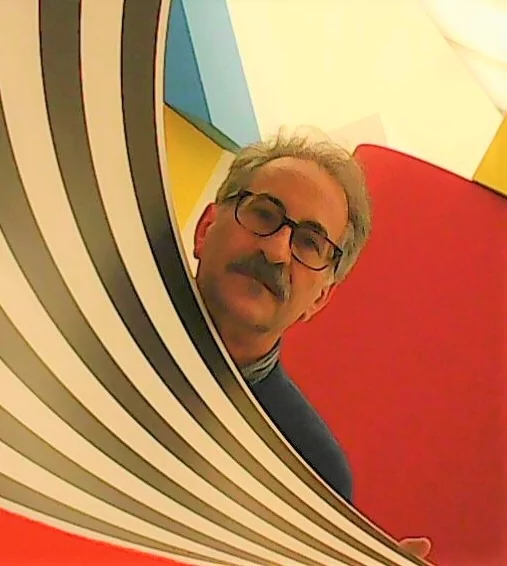
Was born in Matera in 1952. He is an architect. He has taught in artistic high schools in Pietrasanta, Arezzo, Pistoia and Florence. He began his artistic career in the seventies of the twentieth century in the framework of the Visual Poetry (Techne in Florence and Gramma in Lecce). In is over fifty years artistic experience he has partecipated to several National and International exibitions. He has written many articles in Italian newspapers and magazines. He is the author of the first, an so far unique, Italian bibliography about the Situationist International ( Della critica radicale, Ed. Grafton 9, BO, 1995) ) and of Il territorio dello spettacolo, Ed. Potlatch, Nowhere, 1997; later “archimagazine”, 2002, a pamphlet concerning critical urbanism. He lives in Florence.
The labyrinth is the theme at the heart of nearly all the recent works. Psychological labyrinths, metaphors for the human condition and of life itself, paintings that reflect the unpredictable meandering paths that we all take throughout the journey of our own existence. Influenced by a broad range of historical references, ranging from Fauves to abstract-informal art, these labyrinths are characterized by symbols and colour. The use of symbols which is at times open and gestural; at times restrained, is what underpegs the enitre body of work. The use of vivid colour, which often moves between overlapping and contrasting, or complementary tones, obscuring or picking out fragments of the underlying layers, is what characterizes the space of the painting. A compact and varied dialogue unfolds between symbols and colour, which resonates, renders, despite its apparent complexity, all the joy of painting and the passion for art that it seeks to communicate.
[Daniela Pronestì]
